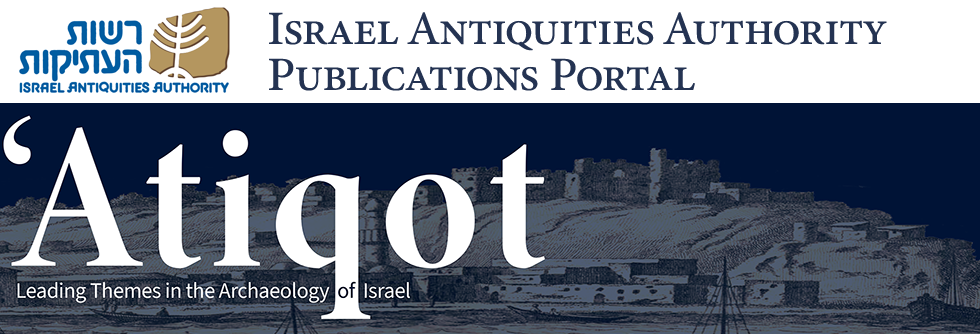Abstract
A trial excavation near the ‘Sleepy Spring’ fountain in Safed revealed the remains of a mausoleum, which was built during the late Mamluk period and remained in use until the early twentieth century. Three late Ottoman-period tombs found within the vaulted structure, and Ottoman-period cist tombs adjacent to the building, attest to the burial function of the site. No pre-Mamluk-period finds were uncovered at the site, indicating that the earliest occupation in this part of the ancient town was in the Mamluk period. Based on archaeological excavations and textual sources, urbanization of Safed was intensified during the Mamluk period, possibly due to its designation as the province capital (mamlaka) and its military and administrative importance. The remains of the site of the Sleepy Spring represent a stage in the re-occupation of the hill between the fourteenth and fifteenth centuries CE.
Keywords
Galilee, burial, imports, faience, porcelain vessels, tobacco pipes, nargilehs, Marseilles roof tiles
Recommended Citation
Barbé, Hervé
(2022)
"A Mamluk-Period Mausoleum near the ‘Sleepy Spring’ at Safed (Ẓefat),"
'Atiqot: Vol. 108, Article 21.
DOI: https://doi.org/10.70967/2948-040X.1160
Available at:
https://publications.iaa.org.il/atiqot/vol108/iss1/21
Included in
Agriculture Commons, Biblical Studies Commons, Christianity Commons, History of Art, Architecture, and Archaeology Commons, Islamic Studies Commons, Science and Technology Studies Commons, Urban Studies and Planning Commons

